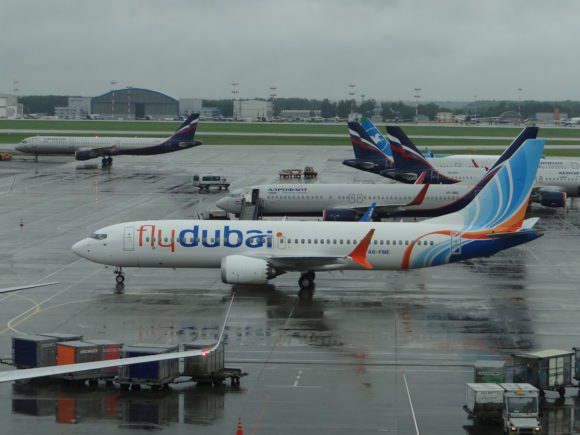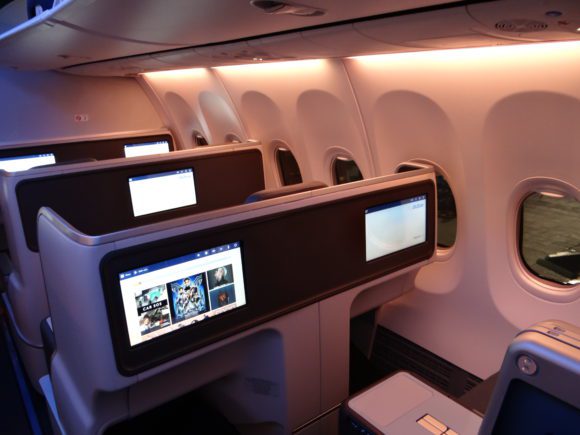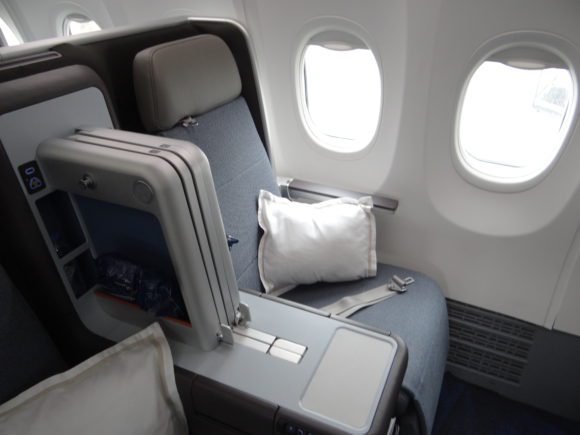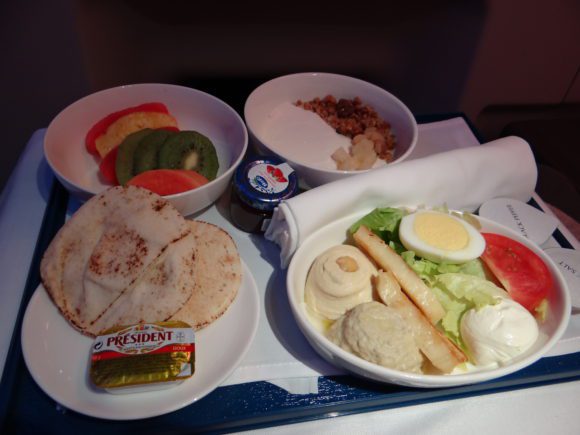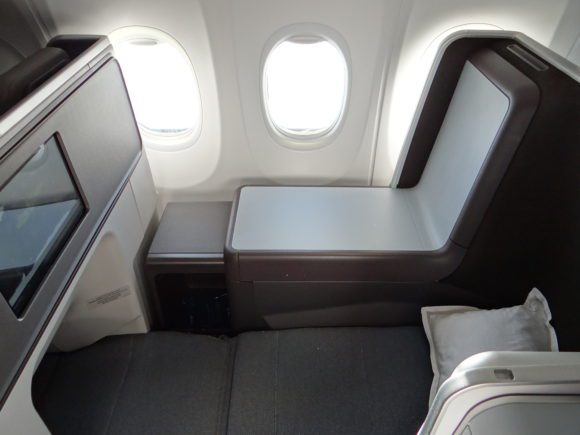The rise of Dubai as a global city is inextricably linked to that of Emirates, however, this is far from being the only major successful airline story currently unfolding at the shadow of its gleaming skyscrapers.
The growth of flydubai mirrors, in many ways, the fulgurant expansion of its larger brother, although with some remarkable characteristics of its own.
Both airlines share the same ownership, but flydubai has developed (and it is still managed to this day) as an entirely separate entity with its own business model. There is, though, a partnership agreement through which both airlines coordinate their strategies in order to reinforce each other through their complementary strengths.
It is to learn more about flydubai and its plans for the future that we flew to Dubai. The trip also gave us the chance to experience first hand the airline’s revamped product (both in economy and business class) onboard its state-of-the-art Boeing 737 MAX8.
The first impression that this flight helps to dispel was the idea that flydubai is your typical low-cost carrier. It may have started as Dubai’s LCC, but its onboard product, at least on the MAX aircraft that are going to replace the current fleet in a relatively short interval of time, is nothing but.
It is more of a hybrid carrier, although in its own way. “Dubai has an image of high quality service, of a certain lifestyle. We are bringing this concept to a narrow body fleet” explained Jeyhund Efendi, Senior VP commercial at flydubai at a meeting at flydubai’s office in downtown Dubai.
There are elements of an LCC such as the charged-for food and drink and IFE, the informal attire of the crew or the fact that it flies from the less glamorous T2 at DXB.
However, their aircraft are fitted with a superb business class. We are not just talking about the type of business class most European carriers offer on their narrowbody fleets, but of a proper, differentiated cabin with flatbed seats and excellent food. There is also a dedicated lounge, as well as a business-only boarding room and bus at DXB.
The economy class cabin is also fitted with some seats with extra space at the front, a sort of “premium economy” that we also had the chance to experience and, in some ways, could be comparable to some European business class products we have tried recently.
“The introduction of the MAX is important for us because it allows us to fly longer routes with more seats and our full product” in the words of Mr. Efendi.
flydubai ‘s network strategy is designed to make the most out of its narrowbody fleet and the synergies with “big brother” Emirates. The airline focuses on flights within 6.5 hours from Dubai, a range that the MAX has helped expand, a recent addition to the network has been, for example, Helsinki, a city that lies at the very edge of this radius.
Rather than trying to duplicate Emirates network, flydubai aims to fill the gaps, particularly in niche markets that lack good connectivity options but are deemed too small for wide-body service. Hence its particular focus in regions such as Central Asia, the Caucasus, Russian and Indian regional cities and smaller East European capitals.
After formalizing its partnership with Emirates, flydubai has withdrawn from some higher density markets such as Dhaka and Bangkok.
Flydubai’s routes can be roughly classified into three big groups:
- Those with no overlap with Emirates, some 75 routes, those are the cities that are usually too small for Emirates large jets but are viable with the smaller B737s flown by flydubai.
- Routes with a presence of, both, Emirates and flydubai, where both airlines codeshare. These tend to be shorter routes around the Gulf region with a strong business traffic profile, here what matters is frequency and the combination of both airlines achieves just that.
- Routes with a presence of both Emirates and flydubai, but without a codeshare. In these cases, each airline aims for specific market segments. In Moscow, for example, where we started our MAX journey, flydubai flies to Vnukovo and Sheremetyevo airport, while Emirates flies to Domodedovo, each on different sides of the city. In Helsinki, flydubai focuses on point-to-point traffic to Dubai, while Emirates focuses on connecting traffic.
There is some degree of coordination with Emirates when planning new routes, but flydubai has the freedom to design its own strategy
“The MAX is exactly the right product for us”, explains Mr. Efendi, “we aim to replace our current B737-800 fleet and also add frequencies and new routes”. He also confirmed the airline has no plans to jump onto wide-body operations “this is a big step for any airline and we do not have any plans in this regard”.
Flydubai carried 12 million passengers in 2017 and expects 10-15% growth this year.
Regional traffic is cyclical depending on oil price because a lot of traffic depends on the oil industry doing well. When oil prices go down, many oil-related businesses freeze expense and travel so there is a 6-7 month delayed response on the demand side.
On the other hand, efforts by Dubai’s authorities to increase tourist flows have played in their favor. In this regard, the introduction of visa-on-arrival for Russian citizens has had a significant positive effect, as this is a key market for flydubai.
This is another major difference with Emirates is that over 70% of flydubai’s traffic is point to point, although transfers between both airlines are being facilitated and are likely to increase. This is one of the reasons that flydubai remains at DXB rather than moving to the new Al Maktoum airport, as originally planned and where it has a limited number of flights at the moment. If growth continues Al Maktoum airport may absorb some of this additional traffic, though.
Views: 16


